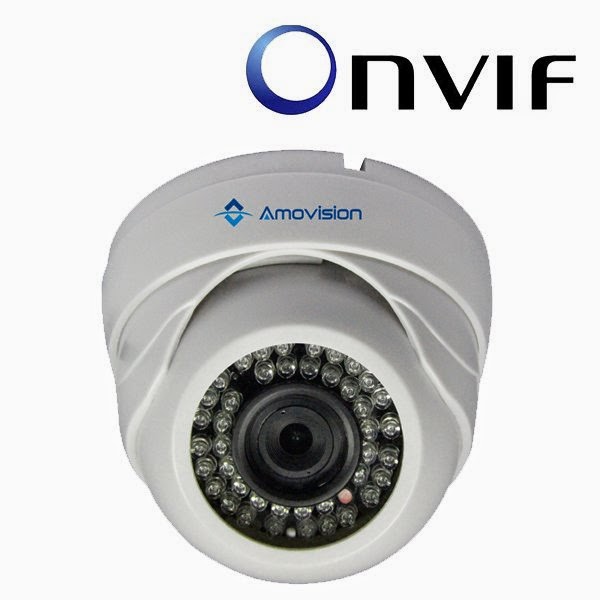Here are 12 basic questions you should ask your surveillance system supplier.
- What is the Warranty on the DVR/NVR, Hard Drive,Cameras and power supply? If they are giving anything less than a year forget it. I usually advise on getting a 2 year warranty to be safe.
- What is the warranty on workmanship (installation,support)?At least a 1 year warranty should be given.
- What is the usual call out fee after the support period has ended? Most times installers do not charge a flat call out fee. However you should ask what they would usually charge for labour to replace an existing camera that failed.
- Does the DVR/NVR have an internal fan? If not, look for another option.
- Can the DVR/NVR operate on temperatures of up to 50°C and is this stated in the product information? If the answer is no, not look for another seller.
- Do I need a static IP for streaming footage to my Smartphone,Mac or PC? If they say yes look for another system.
- Does the DVR/NVR come with a free DNS name hosting service? If they say no run for the door.
- Does the DVR/NVR have a built in Dynamic Update Client?If the response is no leave the building.
- Does the system support Blackberry, Android,IOS and windows mobile phone operating systems?I have found that many do not support blackberry.
- Does the DVR/NVR support 64bit operating systems?If you have laptop or PC with a 64bit Operating System this is an important question.I have discovered that many surveillance systems do not support streaming to 64 bit OS
- Do you include router configuration and DNS name hosting for dynamic IPs in your installation?If they say no look for a more knowledgeable installer.
- Do you have any references from past customers I can call? This is very important, remember this person will have access to your entire house during the installation process. They will also be setting up your system for remote viewing!



















